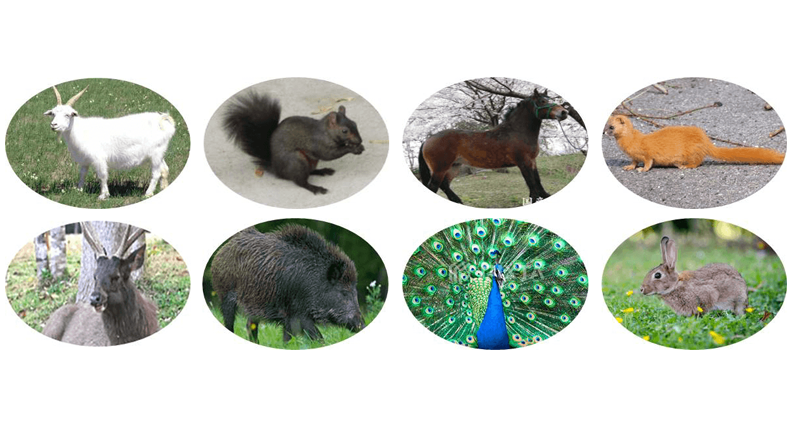How to select and handling of fude
How to select and handling of fude
How to Choose a Fude
1. Fude Types by Material
Most fude are made from animal hair. Some are made from plant or bird feather. Fude can be divided into a few types depending upon its characteristic hairs as shown below. Different material produces different strokes.
- Soft fude: goat, weasel
- Hard fude: horse, weasel, raccoon, Berkshire pig
- Rare fude: fowl, peacock, sambar, badger, rabbit, bamboo, straw
- Kengou fude: Mixture of different types of soft and hard hairs in order to add resilience

2. Hair Quality
If a product name has “ko” as a prefix, its hairs have been matured for more than 30 years. We have many inquiries about the quality level of the different goat hairs, which is shown below. Individual products of the same quality level may have different prices.
Mane and tail hairs of a horse are traded at a premium. The price of Japanese horse hair is several times higher than that of Chinese. Japanese horse hairs deliver a more delicate, softer stroke.
3. Bristle Finish
- Normal: A somewhat rounded bristle. With more prolonged usage, its hair volume decreases, and thus it will become easier to manipulate.
- Zurashi: With less hair volume than the normal finish, its toe can split and close easily. Some calligraphers can even draw the fine lines of their seals with it. It delivers a thinner, sharper first stroke
- Sakiyose: Its thicker bristle provides a grander stroke, but is harder to manipulate.

The proper handling of your fude
1. Initial Use - Softening up the starch-glued hairs
-
Large brush


Using the tips of your fingers, gently rub the hairs back and forth to loosen up the strands. Start from the tip of the brush and slowly move down towards the thicker area.
Do not press the starched hairs against a hard surface as it may damages the entire brush.
If the hairs are firmly glued, rub them gently in lukewarm water. When the hairs are loosened up, wipe off the moisture.
You may use the brush once its hairs become softer.
-
Small brush

Soften up only one-third of the hair length starting from the tip and use that part only for writing.
Applying the same softening method as the large brush, use the tips of your fingers to rub them gently, again slowly moving down from the tip.
2. Washing and Maintenance
-
Large brush

a. Fill a bowl with water. Place the hairs into it and gently rub their roots with the tips of your fingers in order to wash out leftover ink. Change the water and repeat the same action until no ink comes out.*1
b. After rinsing thoroughly, squeeze out the moisture by lightly pinching the hairs with the tips of your fingers.
c. When the moisture is removed, arrange the hairs in a cone shape.*2*3
-
Small brush

a. Carefully rinse only the ink-soaked hair tip with water, or
b. rotate the brush horizontally and gently rub the ink-soaked hair tip on a piece of wet paper to wipe off the ink. Repeat this process until the ink on the paper becomes thinner.
c. When the moisture is removed, arrange the hairs into a cone shape.*2*3*1. Do not use soap or washing detergent. If ink is left to dry at the hair roots, it will cause split hair tips, and damaged hairs.
*2. Do not put a cap over the brush tip. If the hairs are not completely dried, they will become musty and deteriorate thus causing loose and broken hairs.
*3. If the hairs are dried without proper shaping, they will become tousled and thus be unsuitable for effective use the next time.

3. Drying
- A. Find a well-ventilated shady area (or some place indoors)
- B. Hang the brush with a brush tip down while maintaining the cone shape of the hairs.
- C. Dry the hairs completely
- * Beware of mold during a damp season.
- * Special brush-hanging unit ("hikka") can be used.

